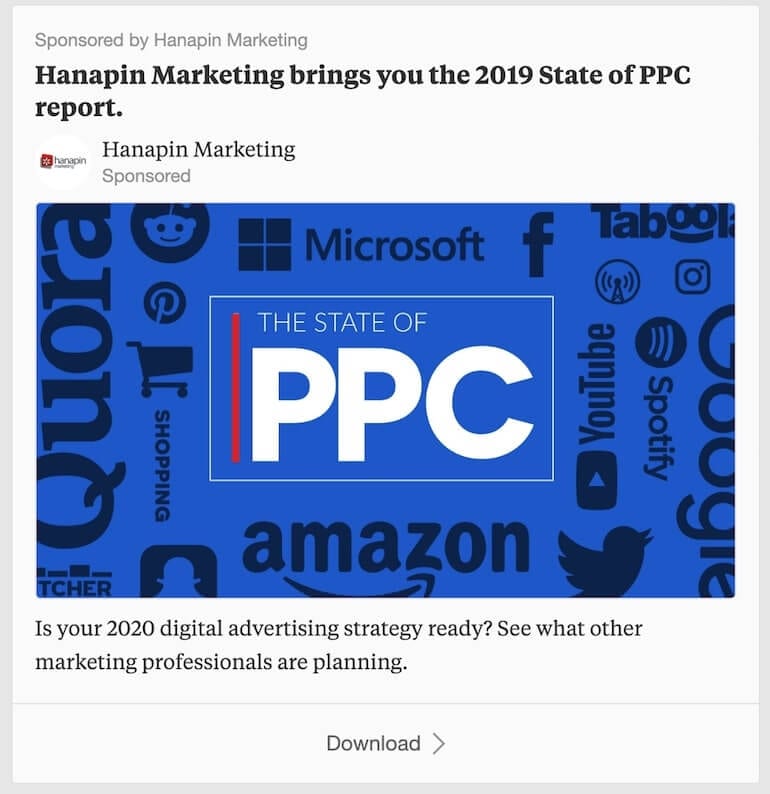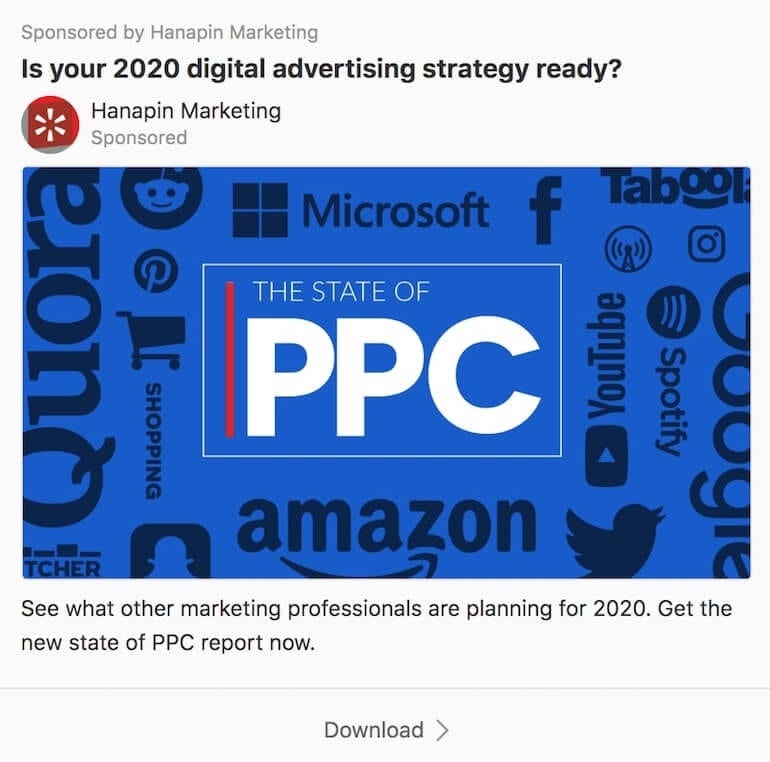As advertisers, we are usually drawn to new ad platforms and betas, first and foremost, for the cost savings. Entering a newer platform, like Quora, is generally cheaper than a mature platform, like Google. However, in our latest beta test with Quora, we found that there’s another MAJOR reason to test younger ad platforms and betas within those platforms: The personalized attention.
Why are betas difficult?
You might be wondering why advertisers would want personalized attention when launching a beta test in an ad platform and on top of that, why we would value that as high as generating a low cost/lead. Let me paint a picture of what it’s like to NOT have personalized attention when launching a beta.
Here’s the headline for why betas are hard: Uncertainty is high. Best practices are nowhere to be found. Even a good first test may not be enough to convince stakeholders that there should be future tests.
Imagine you test a new campaign type that’s currently in beta. Your platform reps give you access to the campaign type and that’s it. Maybe there’s a support page on their site somewhere with some basic setup details, but since it’s a beta, there’s very little documentation. You set up the campaign to the best of your knowledge and then you launch. The first few days of the campaign, you’ve spent $50/day and generated ZERO leads. This worries you, naturally, but you know that 1. The campaign might be “learning” on the back-end and 2. Your data (ZERO leads) isn’t statistically significant yet. Any experienced, logical performance marketer would tell you not to change the campaign settings, bids, creative, etc. because your results are not yet statistically sound. In other words, you haven’t run the campaign long enough to know, FOR SURE, that it’s OFFICIALLY not working.
So you wait it out. By the time you’ve hit statistical significance, your campaign has spent $500. Maybe even $1,000 or $5,000, depending on the beta, campaign goals, cost/click, etc. At this point, you’ve generated a few leads, but the cost/lead is still 100% higher than your average paid social campaign. Sure, you learned something from this test, because you can always learn from failed tests. Failing is actually fundamental for growth, so that part isn’t too frustrating.
The frustrating part of this whole situation is that you can’t help but wonder if there were some simple best practices you could have implemented from the start to get good enough results to then get the go-ahead from your boss/team to keep testing.
Were there settings you should have used? More niche targeting you could have implemented? Because you were flying blind during the campaign setup phase, you’re never going to be 100% confident that the results are truly indicative of the beta’s potential. I think it’s rare for a new campaign type or ad platform to hit our goals the first time around, but if you miss your goal by a longshot, it’s now going to be even harder to convince your team that this new beta or new platform is worth continuing to test.
Because what’s usually happening with any team that’s testing a beta ad or new ad platform is that stakeholders are looking at it as a one-time test. It either works or it doesn’t. Whether that’s the best way to view it or not (I believe it’s NOT, but that’s a whole separate topic), that tends to be the trend that I see across companies, especially those with smaller budgets.
Testing Quora Lead Gen Ads
Enter 1:1 attention from an ad platform team.
This is what we got from the Quora team, every step of the way when we tested Quora’s new lead gen ads. Here’s the process we went through:
- We were offered access to the beta. This is one of the perks of working with agencies. We have more connections, as an agency, to platforms reps. (Shoutout to JD Prater)
- The Quora team initiated a meeting where they asked us a number of questions about our goals for the lead gen campaign.
- Following the meeting, our team set up the lead gen ad campaign, based on the details discussed in the group meeting.
- Quora’s team asked us to let them know when the campaign was drafted so they could review it for potential optimizations, prior to launch. Note: in my past experience as an account manager, I’ve had to be the one reaching out to reps, prior to launching a beta, to see if they have any pointers. The proactivity from the Quora team in this phase was unlike any other beta experience I’ve had.
Pre-launch Feedback
The Quora team reviewed our lead gen ad campaign the same day that we sent them a notification to let them know it was drafted.
Here’s what the ads looked like before we made updates:

Here are the initial points of feedback (I’ve left out 1 note on audience targeting because it won’t make sense without the full context of the campaign) :
- Headline sentence – I recommend considering asking questions on Quora as the data shows they perform better than statements. Maybe flip the question in your description with your current headline, “Is your 2020 digital advertising strategy ready?” Try making the question intriguing and qualifying to pull in the right audience. You can also see Hanapin Marketing 3x in the top left so this will help break that up and give you some text characters back.
- The logo is too small – I recommend updating the company logo by eliminating the text and just zooming in on the image.
- Confirmation headline on the lead form – Consider setting expectations here that people can view the report (the ads were for Hanapin’s 2019-2020 State of PPC report) now and they’ll get an email from you later. Something like, “View the report now and look for it in your inbox soon.”
Here are the ads after we implemented the feedback

We made the changes and launched the beta campaign.
Quora Lead Gen Ads: Campaign Setup Friction
On top of providing great feedback throughout the entire test, the Quora team proved to be quite nimble too. Of the three main areas where we felt that there was friction in the campaign setup process, they were already working on resolving one area. They were clearly getting similar feedback from other advertisers and making the product updates as soon as possible. Here are the points of friction we ran into:
- Not being able to edit the ads or forms – their team was working on this
- Ads not being approved due to capitalization. Example: Wouldn’t let us capitalize state in “State of PPC report”
- Not being able to exclude more than one audience. Given the opportunity, we would have excluded an uploaded list and a remarketing audience.
Outside of those few items the overall technical experience was great. We found it to be easy and intuitive!
Why More Advertisers Are Testing Quora Ads
My team will continue to test Quora Ads, and especially the betas, because:
- Their team gave lots of helpful feedback along the way, helping our team to trust the results and see the potential.
- Their team was quick to listen and quick to implement improvements.
We aren’t the only advertisers planning to budget more for Quora, either.
According to Hanapin’s 2019 State of Paid Social, “the number of marketers investing in Quora has grown nearly 4x since last year. The platform has rolled out 5 betas just in the last 8 months (from when State of Paid Social was published in June) and shows no sign of slowing down.”
So if you’ve been waiting to jump into Quora Ads, you really need to stop stalling. Your competitors are starting to test Quora Ads and their team makes it easy to get started. But that’s just my two cents! If you want to procrastinate a bit longer, it will be less competitive for our team and I’m good with that.
Quora’s Lead Gen ads are currently in a closed beta but you can request access by completing this form.




